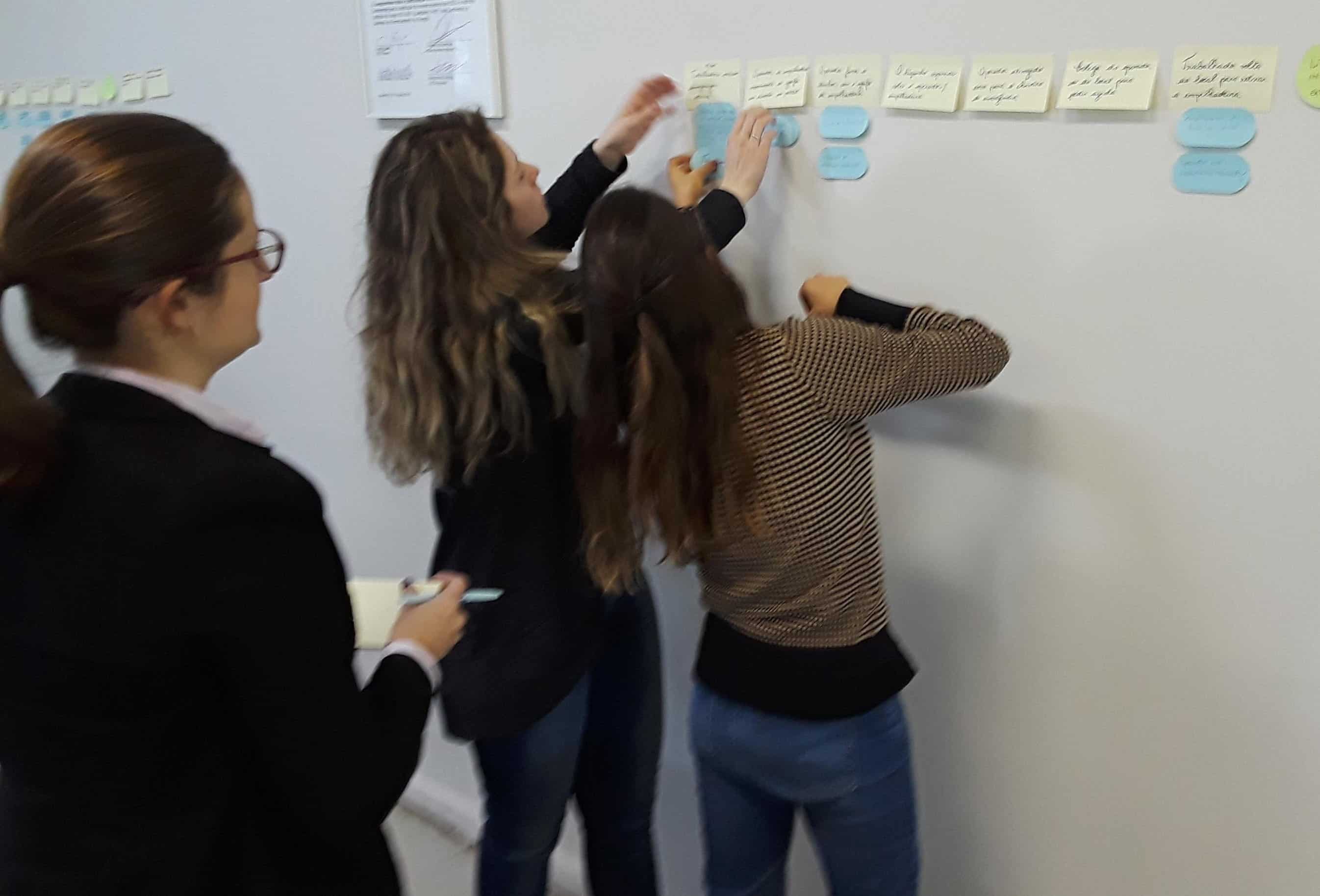If you are interested in courses, you might also want to read these...




Do you need to efficiently and effectively find the root causes of equipment failures to end your unplanned outages?
Is your equipment reliability program basically a fire department?
Does an economic downturn mean that only best-in-class performers survive?
Imagine the downtime prevented and money saved by using true first-time fixes and NOT having repeat equipment failures. If this sounds interesting (and worthwhile), then Equifactor® Equipment Troubleshooting & TapRooT® Root Cause Analysis is for you.
Equifactor® Troubleshooting Techniques are based on the work of the late equipment reliability expert Heinz Bloch and capture how Best-in-Class Performing organizations think differently about their equipment and systems.
In two days, you will learn:
The tools you will learn include:
Equifactor® Troubleshooting is for maintenance technicians, equipment reliability specialists, maintenance managers, and non-equipment expert investigators. Develop best-in-class performance by asking best-in-class questions.
COURSE OUTLINE
DAY ONE
DAY TWO
The course materials include the book, Using Equifactor® Troubleshooting Tools and TapRooT® Root Cause Analysis to Improve Equipment Reliability, a TapRooT® Root Cause Tree® Diagram, the Root Cause Tree® Dictionary, and the Corrective Action Helper® Guide, a $129 value. The book includes a complete set of Heinz Bloch’s troubleshooting tables.
Upon course completion, attendees receive a certificate and a 90-day subscription to TapRooT® VI Software, our dynamic cloud-based software that computerizes Equifactor® and TapRooT® Techniques.
Continuing Education Units (CEU): When completing a 2-Day receive 16 credit hours for the 2-Day Equifactor® Equipment Troubleshooting and TapRooT® Training Course. These hours can be applied to your certifying institution for credit hours/CEUs.
Attend this course, go back to work, and use what you have learned to troubleshoot equipment failures and find the root causes of reliability issues, operating issues, accidents, incidents, near-misses, or quality problems. If you don’t troubleshoot problems more efficiently and find root causes that you previously would have overlooked, and if you and your management don’t agree that the corrective actions that you recommend are much more effective, just return your course materials/software, and we will refund the entire course fee.



